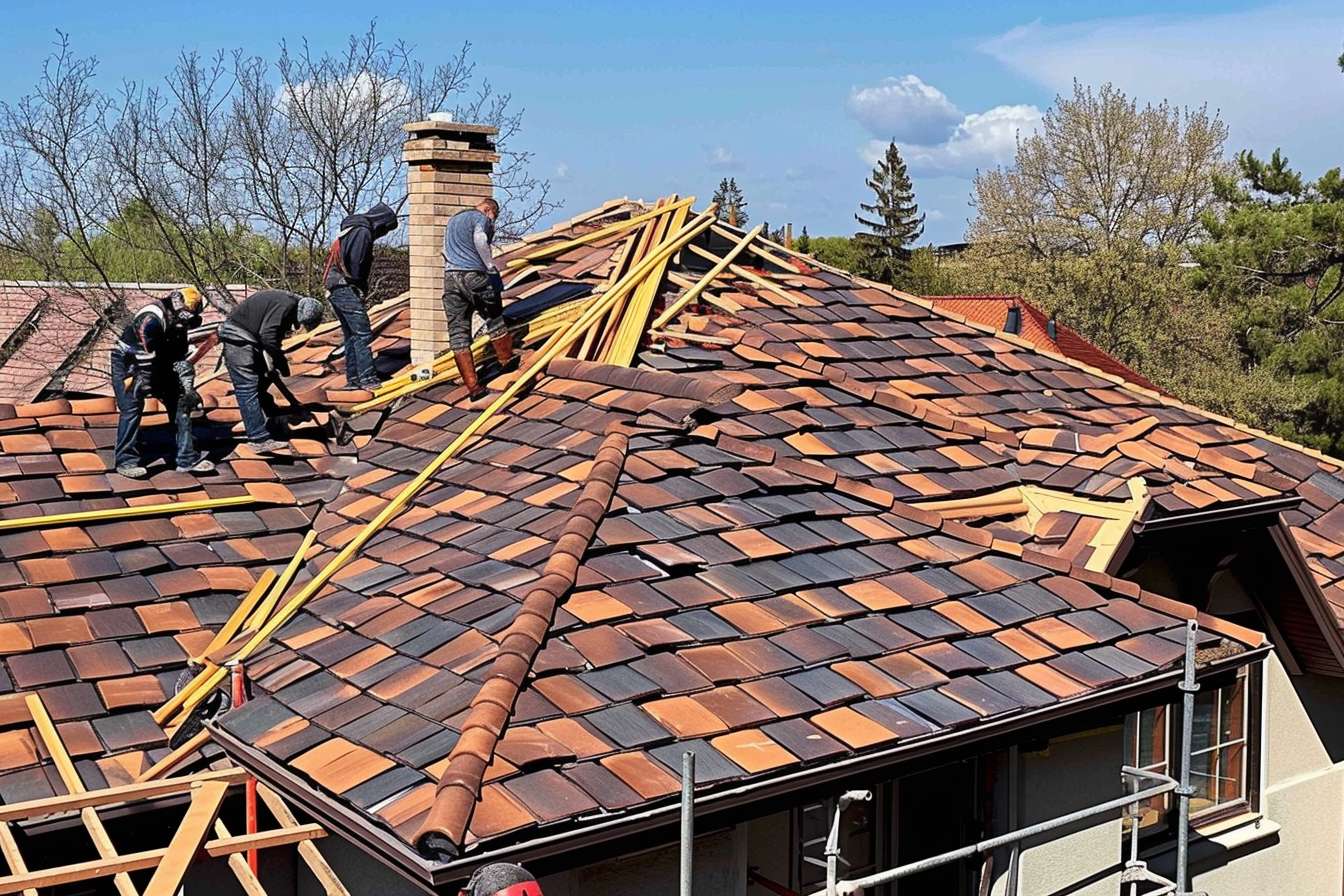This Is How Much a New Roof Should Cost You in 2025
Planning a roof replacement in 2025 requires understanding current market prices and factors influencing costs. With material prices fluctuating and labour costs evolving, homeowners need accurate information to budget effectively. The cost of a new roof varies significantly based on materials chosen, property size, complexity of installation, and regional differences. Understanding these variables helps you make informed decisions when seeking quotes from roofing contractors in your area.

Understanding New Roof Cost 2025 Factors
Several key elements determine your roof replacement cost in 2025. Property size remains the primary factor, with costs typically calculated per square metre. The pitch and complexity of your roof design significantly impact labour requirements and material waste. Access difficulties, such as height or surrounding obstacles, can increase installation time and costs. Weather conditions during installation may also affect project timelines and pricing.
Material selection represents another major cost variable. Traditional slate and tile options command premium prices, while modern synthetic alternatives offer cost-effective solutions with similar aesthetics. Insulation requirements, ventilation systems, and additional features like skylights or chimneys add complexity and expense to projects.
Roof Replacement Cost Breakdown by Material
Different roofing materials carry distinct price points and longevity expectations. Concrete tiles typically offer the most economical option for pitched roofs, providing durability at reasonable costs. Natural slate commands premium pricing but delivers exceptional longevity and aesthetic appeal. Clay tiles fall between these options, offering Mediterranean styling with moderate pricing.
Flat roof systems use different materials entirely. EPDM rubber membranes provide cost-effective solutions for flat applications. Fibreglass systems offer superior durability but require higher initial investment. Green roof systems represent the premium option, incorporating living vegetation for environmental benefits.
Metal roofing continues gaining popularity despite higher material costs. Steel and aluminium options provide excellent weather resistance and energy efficiency. The longevity of metal systems often justifies initial investment through reduced maintenance requirements over time.
Finding Roofing Contractors in Your Area
Selecting qualified roofing contractors requires careful research and comparison. Local contractors understand regional weather patterns, building regulations, and material availability. They often provide more competitive pricing due to reduced travel costs and established supplier relationships.
Verify contractor credentials including proper licensing, insurance coverage, and professional memberships. Request references from recent projects and examine completed work when possible. Multiple quotes help establish fair market pricing and identify potential red flags in extremely low or high estimates.
Consider contractor specialisation when making selections. Some focus on specific materials or property types, while others offer comprehensive services. Specialised contractors may deliver superior results for complex projects, while general roofing contractors suit straightforward replacements.
| Material Type | Provider Examples | Cost Range per m² | Expected Lifespan |
|---|---|---|---|
| Concrete Tiles | Marley, Redland | €25-€40 | 30-50 years |
| Clay Tiles | Sandtoft, Russell Roof Tiles | €35-€55 | 50-100 years |
| Natural Slate | Welsh Slate Company, Burlington Stone | €60-€120 | 75-150 years |
| EPDM Flat Roofing | Firestone, Carlisle | €30-€50 | 25-30 years |
| Metal Roofing | Cladco, Metrotile | €45-€80 | 40-70 years |
Prices, rates, or cost estimates mentioned in this article are based on the latest available information but may change over time. Independent research is advised before making financial decisions.
Regional Price Variations Across Ireland
Geographic location significantly influences roofing costs across Ireland. Dublin and surrounding areas typically command higher prices due to increased labour costs and property values. Cork and other major cities follow similar patterns with elevated pricing compared to rural areas.
Rural locations often benefit from lower labour costs but may face increased material transportation expenses. Island communities and remote areas may encounter additional logistical challenges affecting overall project costs. Seasonal demand also creates price fluctuations, with spring and summer months typically showing increased contractor availability and competitive pricing.
Local planning requirements may impact costs through specific material mandates or installation procedures. Conservation areas often require premium materials or specialised installation techniques. Understanding local regulations helps avoid unexpected expenses during project planning.
Hidden Costs and Additional Considerations
Roof replacement projects often involve expenses beyond basic material and labour costs. Scaffolding rental represents a significant expense for multi-storey properties or complex access situations. Skip hire for waste disposal adds to project costs, particularly for heavy materials like concrete tiles or slate.
Structural repairs may become necessary once existing roofing materials are removed. Rafter repairs, decking replacement, or chimney maintenance can substantially increase project costs. Professional surveys help identify potential issues before work commences, though some problems only become apparent during installation.
Upgrading insulation or ventilation systems during roof replacement provides long-term benefits but increases immediate costs. Building regulation compliance may require specific insulation levels or ventilation standards. These improvements offer energy savings and comfort benefits that justify additional investment over time.
Understanding roof replacement costs in 2025 requires considering multiple variables affecting final pricing. Material selection, property characteristics, contractor choice, and regional factors all influence project expenses. Obtaining detailed quotes from multiple qualified contractors provides the most accurate cost estimates for your specific requirements. Proper planning and budgeting ensure successful roof replacement projects that protect your property investment for decades to come.




